Monte Vibiano Vecchio, a labyrinth and a castle in the heart of Umbria
Among the rolling hills of Umbria, the village of Monte Vibiano Vecchio, in the municipality of Marsciano, is home to a castle, the Castello di Monte Vibiano Vecchio, which is distinguished by a unique element: a hedge maze designed in the early decades of the 20th century, a symbol of elegance and harmony. The work was created during a major renovation that saw the contribution of architect Ugo Tarchi (Florence, 1887 - 1978), giving a new face to the pre-existing structure. Today, the Castello di Monte Vibiano Vecchio is a landmark for those who wish to immerse themselves in an atmosphere of yesteryear, enriched by cultural and culinary experiences.
The castle’s origins date back to the Middle Ages, when it was known by the expression “de Monte Ubiano” and served as a fortified garrison. Specifically, it was the Vibi family that built the fortress in the 14th century: the fact that it is identified as “Old” comes from an episode that occurred in 1361, when the castle took in some exiled Perugian nobles and thus rebelled against the authority of Perugia, on which it depended. The lord of Perugia, Biordo Michelotti, having reconquered the castle ordered it to be destroyed, but later granted the Vibi, having granted one of their pleas, to build another, elsewhere (this is the village of Monte Vibiano Nuovo). On the remains of the Castle of Monte Vibiano Vecchio later a villa arose, which remained with the Vibi until the 18th century, when the residence passed first to the Rossi-Leoni, then to the Cesari. It was during this period that the castle began to transform from a fortress to a stately residence, with the addition of new green spaces and decorative structures. The castle then passed into the hands of Ugo Tarchi in the early 20th century, who had it restored.It was during this period that the castle took on its present form and was equipped with a labyrinth.
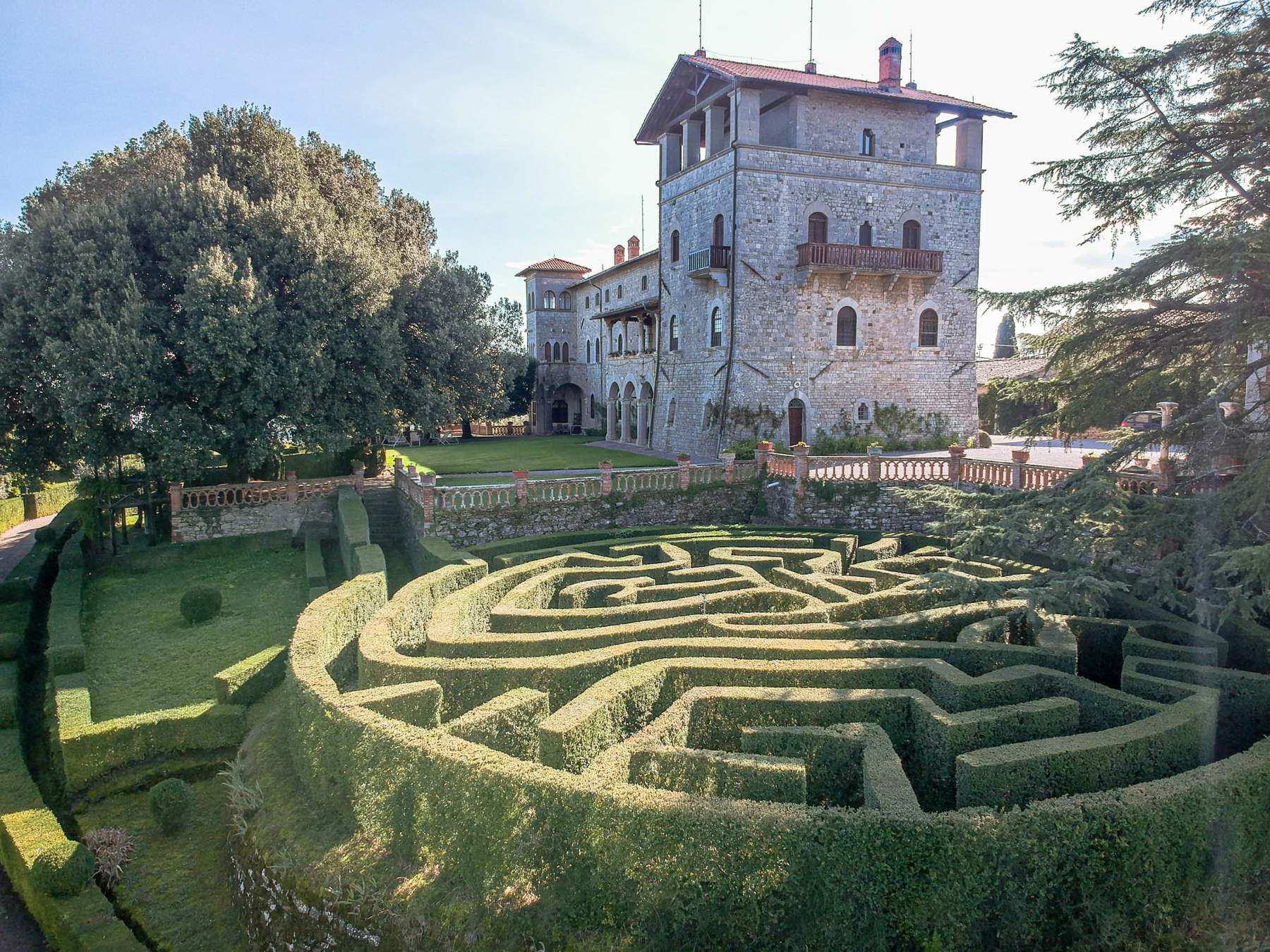

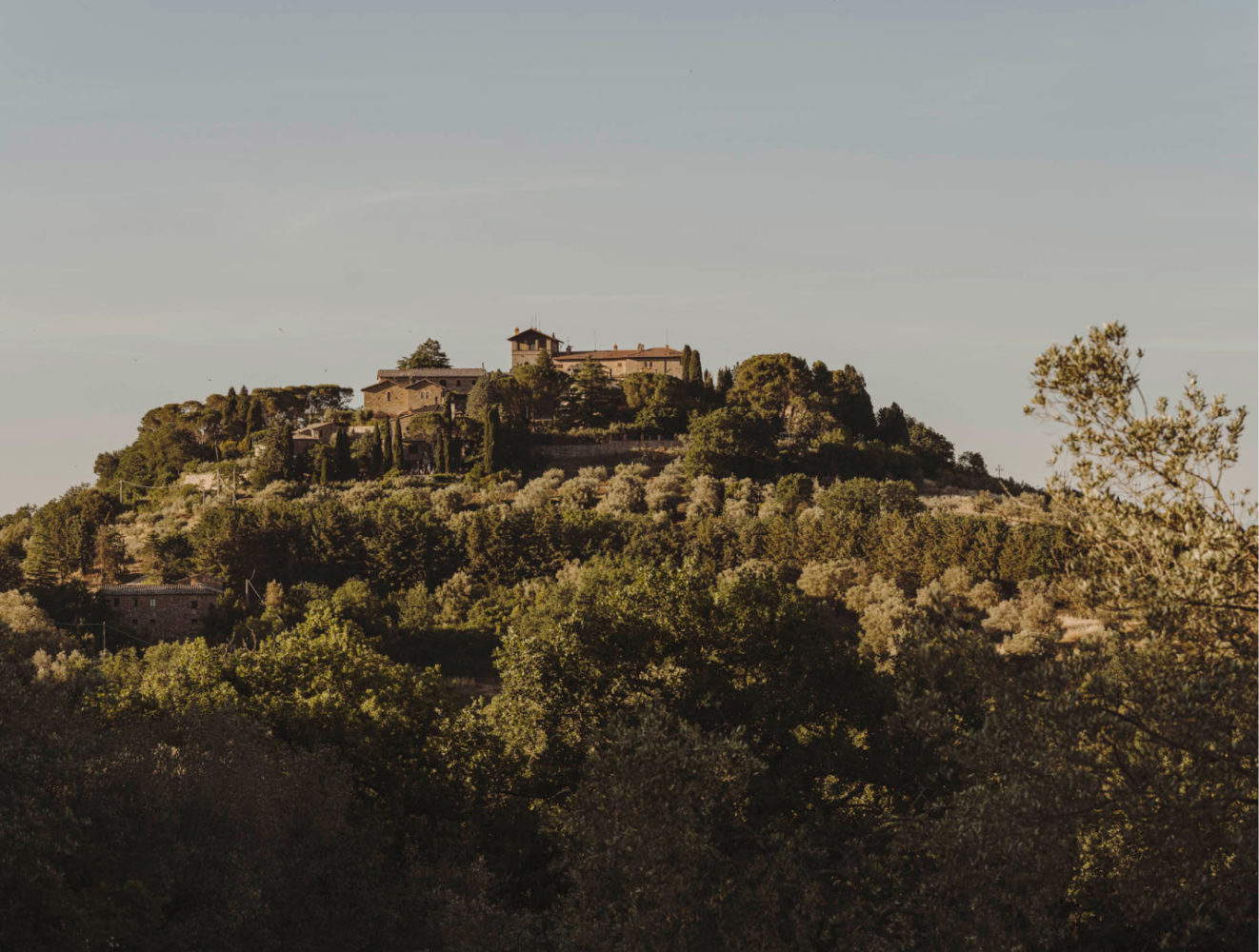
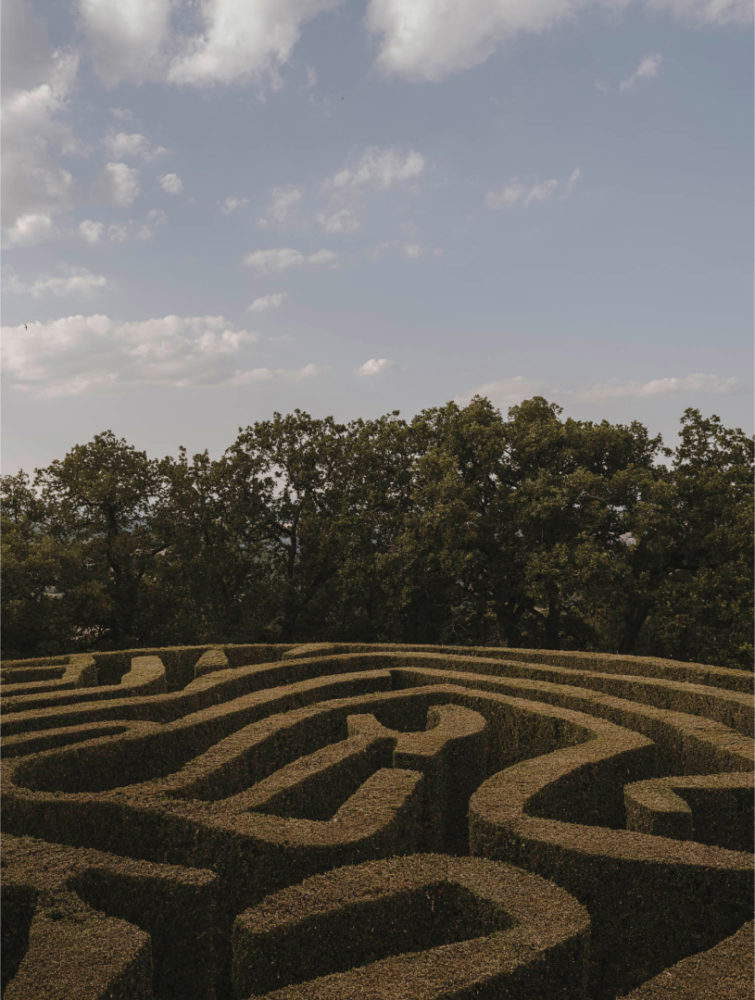
The maze itself is a work that still attracts visitors today because of its timeless beauty. The hedge maze, the crown jewel of the Old Monte Vibiano Castle, is much more than a scenic attraction. A symbol of introspection and spiritual journey, the labyrinth invites visitors to lose themselves in its intricate paths, leading them to an experience of reflection and inner discovery. Carefully designed to blend into its natural surroundings, the work represents a marriage of art and nature, recalling the traditions of Italian Renaissance gardens. The labyrinth, composed of precisely pruned laurel and boxwood hedges, is carefully maintained to preserve its symmetry and aesthetic impact. In addition to its symbolic significance, it is an attraction that makes the castle a fascinating place for tourists and nature lovers.
The labyrinth of Monte Vibiano Vecchio has a peculiarity that makes it unique in Italy: in fact, its design recalls that of the labyrinth in Alice in Wonderland, as noted by scholar Ettore Selli, an expert on labyrinths. “Arranged on the first of the terraces that develop around the castle,” he wrote in his book Italian Labyrinths, "the layout takes on a circular shape even though the design within it is artistic and irregular, similar to the hatching that distinguishes the Labyrinth of Château de la Ballue in Normandy. Although several labyrinths have been made in the world that take inspiration from the Alice in Wonderland tale, such as the Labyrinthe d’Alice at Disneyland Paris or the Alice in Wonderland Maze, I believe that none of the existing ones resemble Disney’s designs of these two tracings, united by the brilliance of their architectural patterns." Was Disney therefore familiar with the Old Mount Vibian Maze? We don’t know, probably pure coincidence, but the irregular layout that mixes curved and straight lines, curls that seem almost useless, long corridors and narrow winding alleys, denotes some similarity.
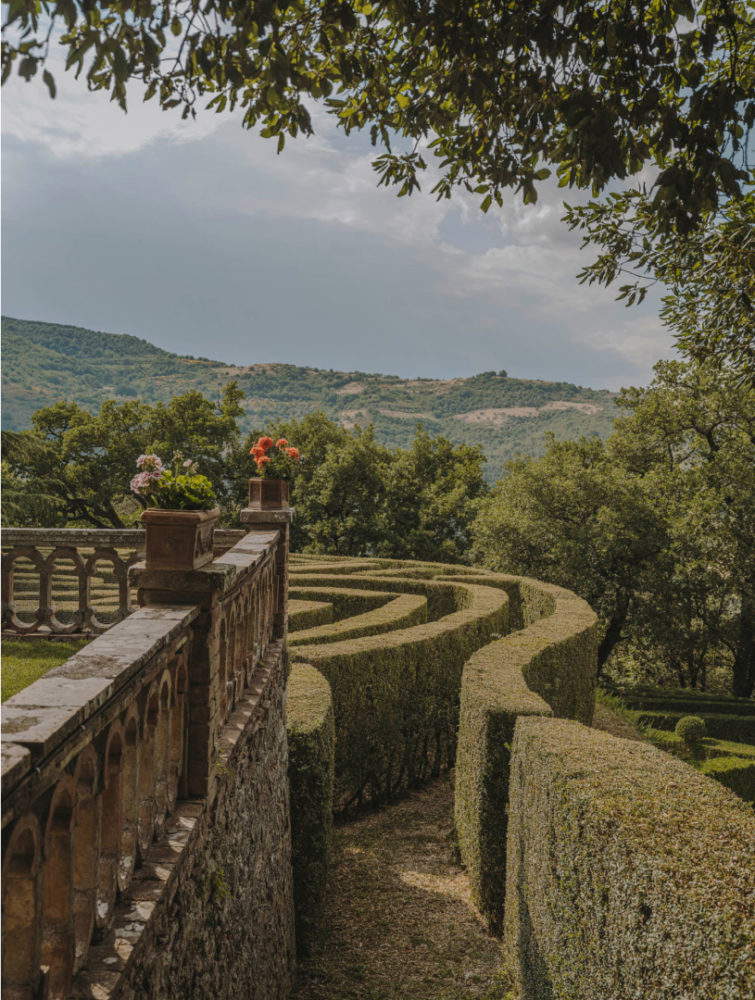
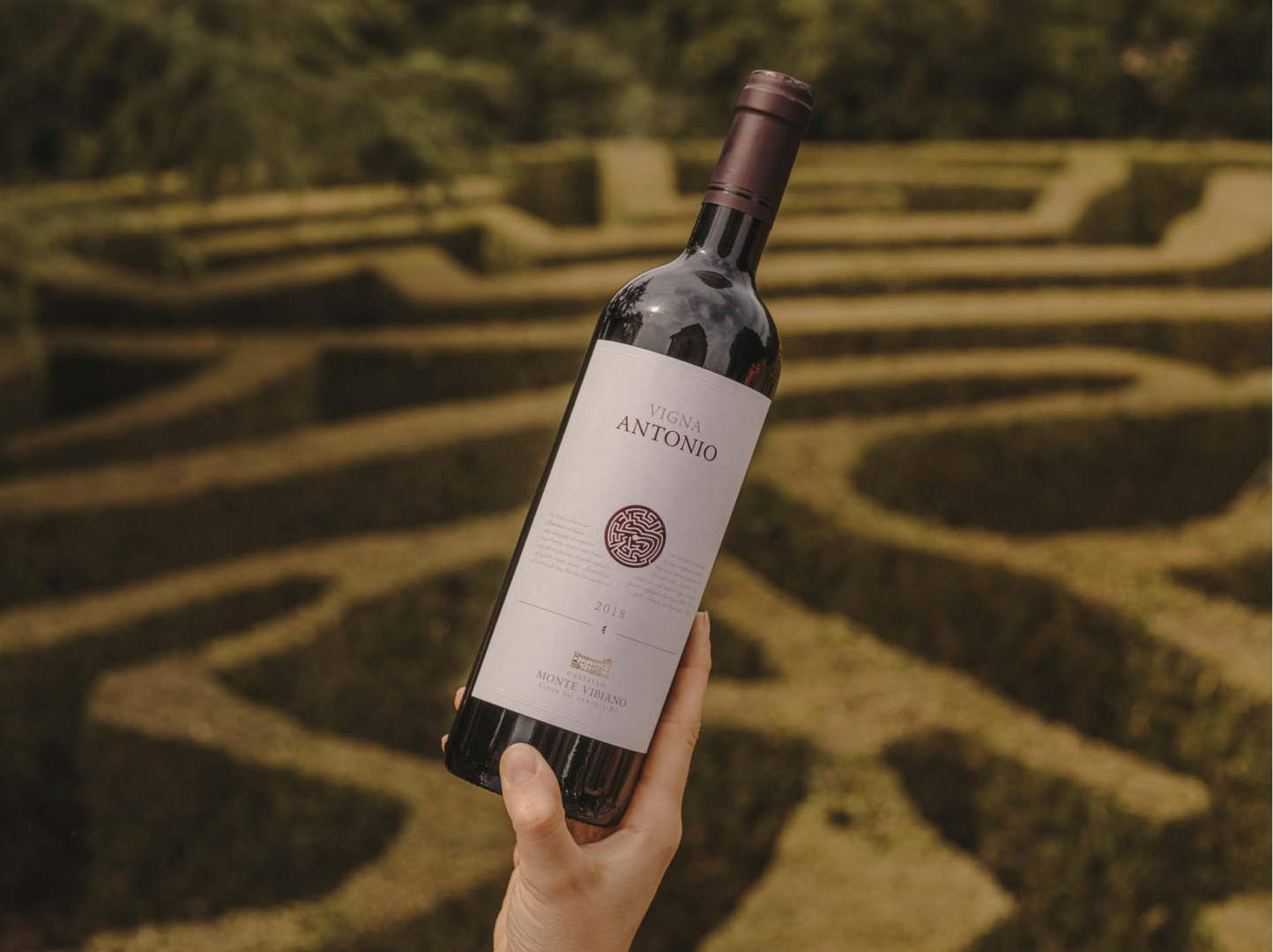
Tarchi chose boxwood for his maze: an essence that has been used for centuries for mazes of greenery, especially during the Renaissance, by virtue of its durability and also the fact that boxwood is an evergreen plant, which moreover does not require much maintenance either. What’s more, boxwood hedges have the virtue of being easily shaped to take on a wide variety of forms. As of 2018, moreover, the labyrinth features lighting curated by artist Felice Limosani that enhances the mystical character of this place: its creator, Antonio Sereni, wanted in fact “to create a mystical labyrinth,” Selli points out, “whose path was an allegory of an inner rebirth,” and whose center was the not only physical heart of the labyrinth. The exit is in fact reached by a spiral staircase that forces one to go outside the labyrinth “through an underground tunnel that leads to the lower terrace. It is thus a three-dimensional expedient, devised in 1925, which anticipates by almost half a century the Anglo-Saxon culture represented by the layout of Leeds Castle.”
Today, the Castello di Monte Vibiano Vecchio is owned by the Tiberi family, which is responsible for one of the most important wine estates in central Italy, known for its fine wines and the production of a top-quality single-serving olive oil. The layout of the labyrinth, moreover, can be found reproduced on one of the estate’s labels, Vigna Antonio wine. To make the history of this site converse even more with the fruits of the land on which the Castle stands.
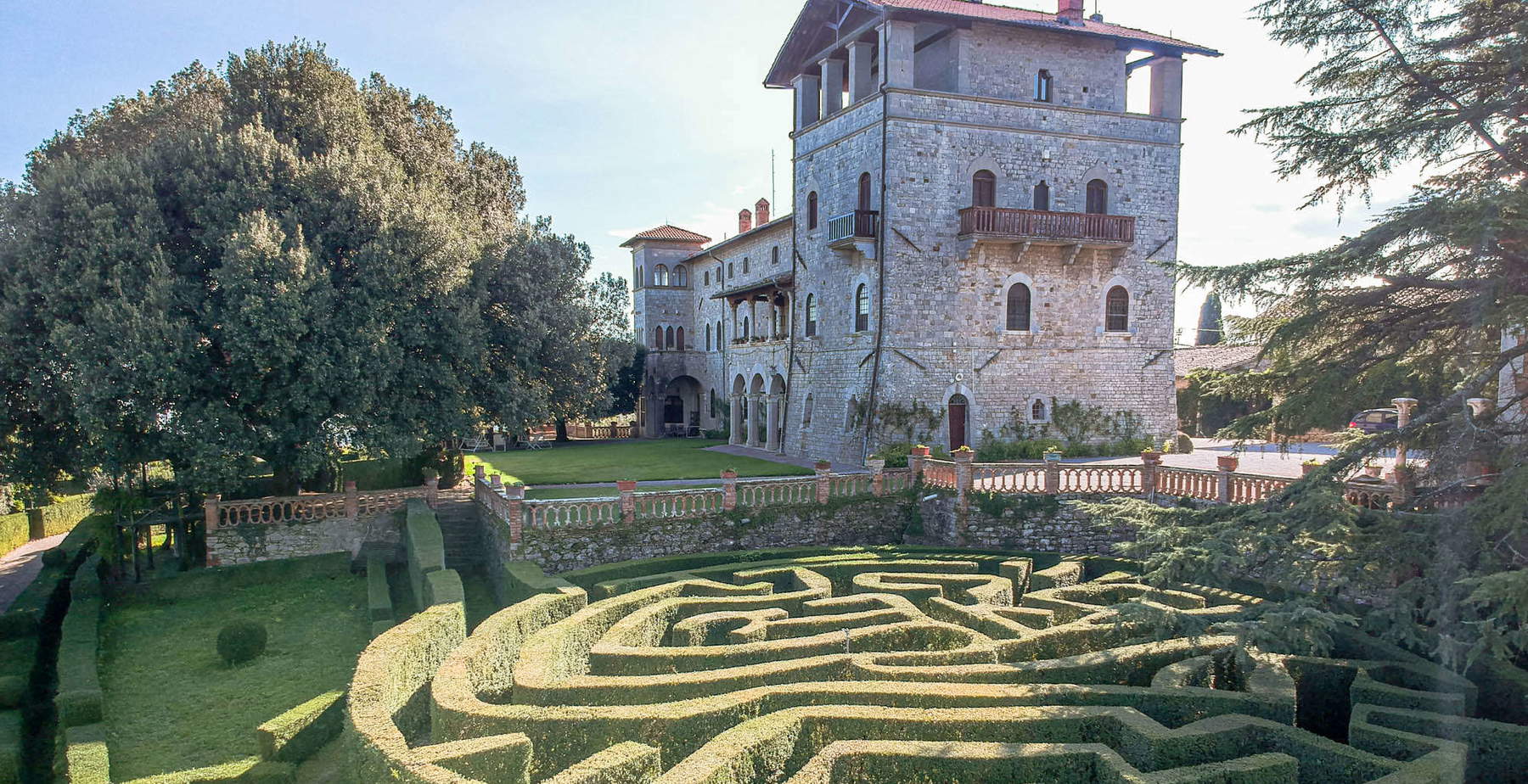 |
| Monte Vibiano Vecchio, a labyrinth and a castle in the heart of Umbria |
Warning: the translation into English of the original Italian article was created using automatic tools. We undertake to review all articles, but we do not guarantee the total absence of inaccuracies in the translation due to the program. You can find the original by clicking on the ITA button. If you find any mistake,please contact us.





























